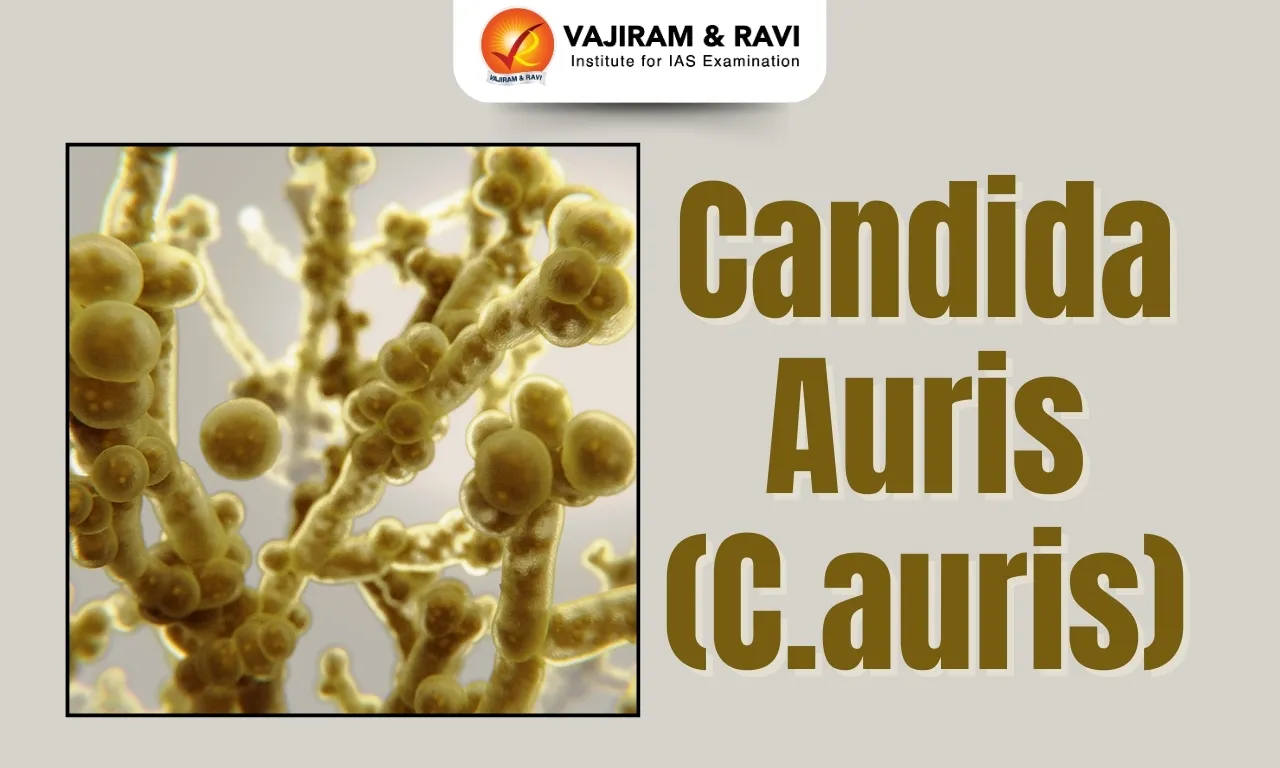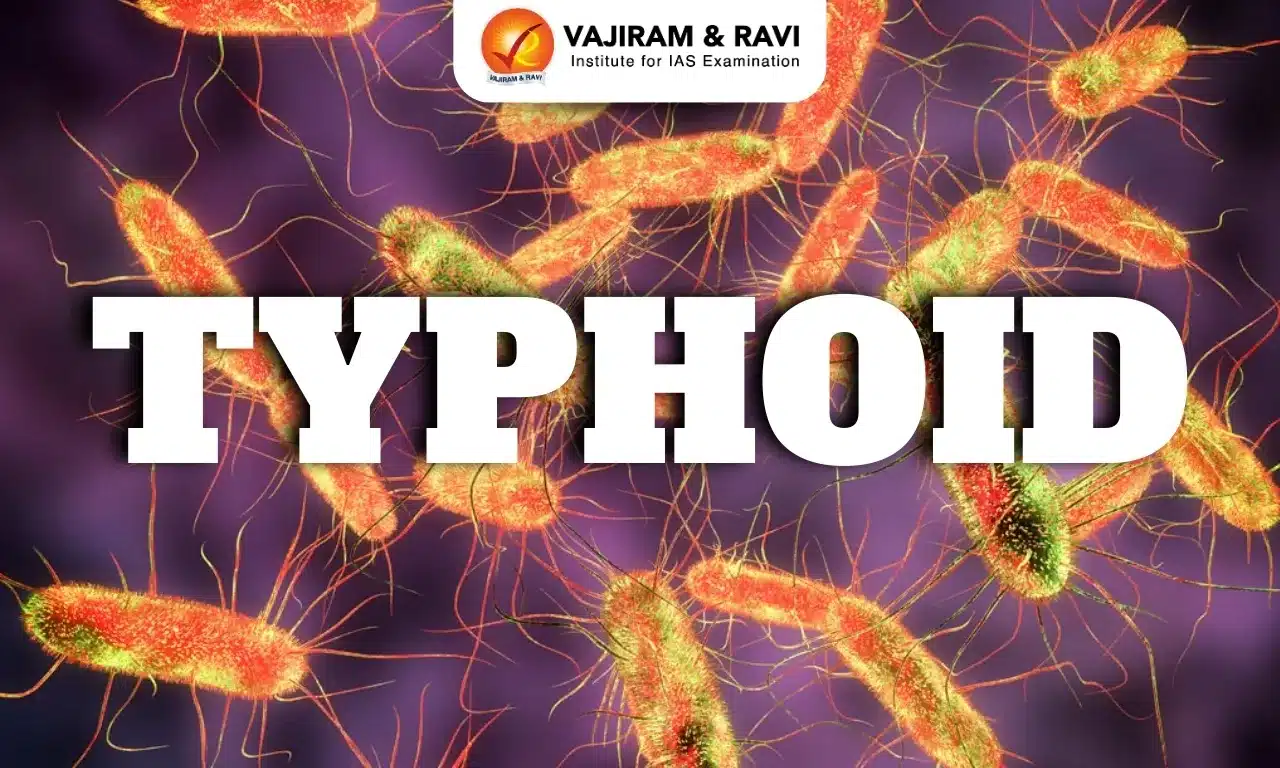Candida auris Latest News
Scientists recently discovered a genetic process which could unlock new ways to treat mysterious and deadly Candida auris.
About Candida auris
- It is a fungal pathogen that is often multi-drug-resistant.
- This pathogen can live on the skin, inside the human body (e.g. in the gut), or in the environment.
- It is capable of causing invasive infections in the human body.
- C. auris causes serious infections such as bloodstream infections, meningitis, bone infections, burns/wound infections, and urinary tract infections.
- It was first identified in Japan in 2009.
- How is it contracted?
- Most cases of the fungus have been reported in healthcare settings, such as hospitals and nursing homes.
- It is generally thought to be spread through contact with contaminated surfaces or by person-to-person transmission.
- People who are already suffering from other medical conditions, recent hospital stays, and invasive devices are most at risk of contracting the fungus.
- How does the fungus act on the body? There are two ways C. auris can affect the body,
- The fungus can either live on a specific region, such as the skin, rectum, or mouth, in a process called “asymptomatic colonization,” where a patient has no symptoms but can spread it to other people.
- It can enter the bloodstream or wounds, where it can cause severe invasive infections.
- Symptoms:
- Its symptoms are often similar to those of other common diseases, and hence diagnosis is difficult.
- The most common symptoms of C. auris include fever and chills that don’t go away after treatment with antibiotics.
- Mortality Rate: It is estimated to be between 30-60%.
- Treatment:
- Most C. auris infections are treatable with antifungal drugs called echinocandins.
- However, some C. auris infections are resistant to the main types of antifungal medications, making them more difficult to treat.
- In this situation, multiple antifungals at high doses may be required to treat the infection.
Source: EUK
Last updated on January, 2026
→ Check out the latest UPSC Syllabus 2026 here.
→ Join Vajiram & Ravi’s Interview Guidance Programme for expert help to crack your final UPSC stage.
→ UPSC Mains Result 2025 is now out.
→ UPSC Notification 2026 is scheduled to be released on January 14, 2026.
→ UPSC Calendar 2026 is released on 15th May, 2025.
→ UPSC Prelims 2026 will be conducted on 24th May, 2026 & UPSC Mains 2026 will be conducted on 21st August 2026.
→ The UPSC Selection Process is of 3 stages-Prelims, Mains and Interview.
→ Prepare effectively with Vajiram & Ravi’s UPSC Prelims Test Series 2026 featuring full-length mock tests, detailed solutions, and performance analysis.
→ Enroll in Vajiram & Ravi’s UPSC Mains Test Series 2026 for structured answer writing practice, expert evaluation, and exam-oriented feedback.
→ Join Vajiram & Ravi’s Best UPSC Mentorship Program for personalized guidance, strategy planning, and one-to-one support from experienced mentors.
→ UPSC Result 2024 is released with latest UPSC Marksheet 2024. Check Now!
→ UPSC Toppers List 2024 is released now. Shakti Dubey is UPSC AIR 1 2024 Topper.
→ Also check Best UPSC Coaching in India
Candida auris FAQs
Q1. What type of pathogen is Candida auris?+
Q2. What types of severe infections can Candida auris cause?+
Q3. In what type of settings are most Candida auris cases reported?+
Tags: candida auris prelims pointers upsc current affairs upsc prelims current affairs

















